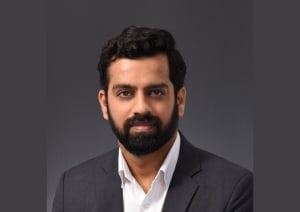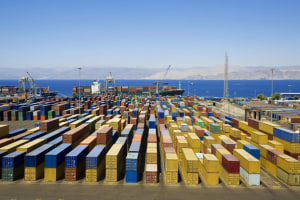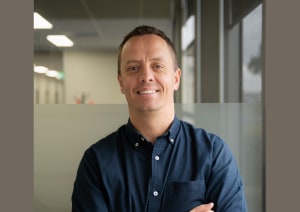The inaugural Circular Economy Market Report by the Victorian government is, it says, a critical step towards the state’s transition to a more circular economy.
The Circular Economy Market Report aims to provide information on the generation, collection, sorting, re-processing, or re-manufacturing of waste within the circular economy market.
The report highlights the opportunities to improve circularity in the management of materials, with actions or market strategies provided to address the opportunities. It aims to help businesses and the government to make better policy and investment decisions.
Findings include that 1.5 megatonnes of paper/cardboard were generated, 0.8 megatonnes of plastic, and 0.5 megatonnes of glass in the 2020-2021 financial year. Of these, 19 per cent of plastics were recovered, 57 per cent of paper/cardboard, and 71 per cent of glass.
The report states that glass and paper/cardboard have a high potential for circularity, while plastics have a medium potential. It advises greater attention be placed on reducing the amount of plastic used in packaging. 34 per cent of plastic waste is from packaging.
The government says the report is based on resource recovery rates as a measure of the circular economy market, understanding the current limitations to fully reporting the circularity of each material stream.
When a new circular economy metric is established, Victoria state government says it will have reached a significant milestone, as no other Australian jurisdiction currently has a metric that effectively measures material circularity.
This report comes after the Victorian government offered $3.4 million in funding new recycling projects.
The full report can be accessed here.





